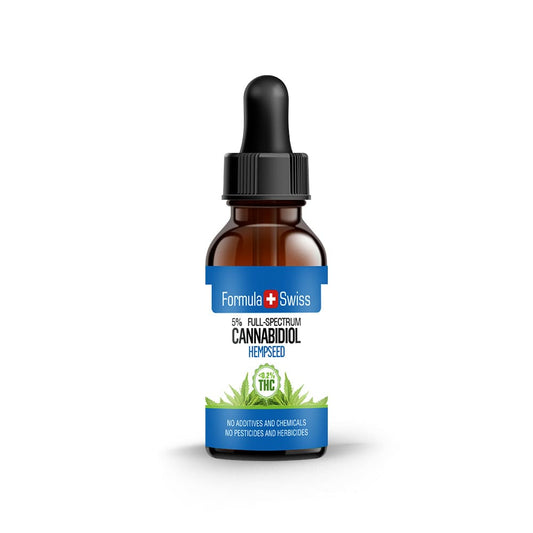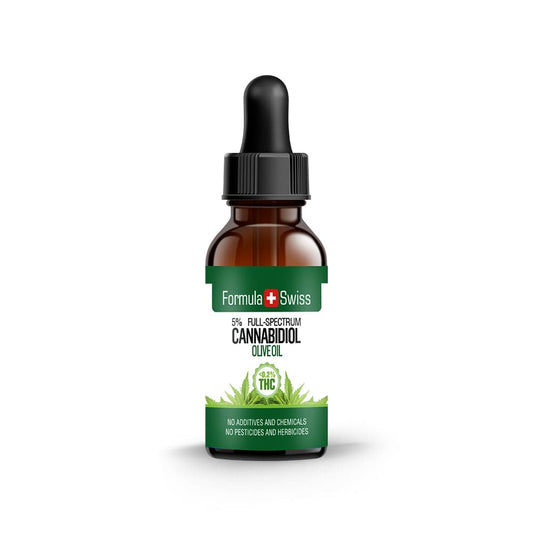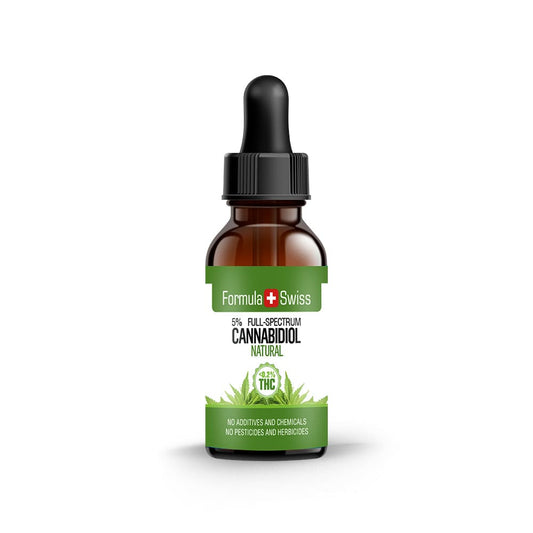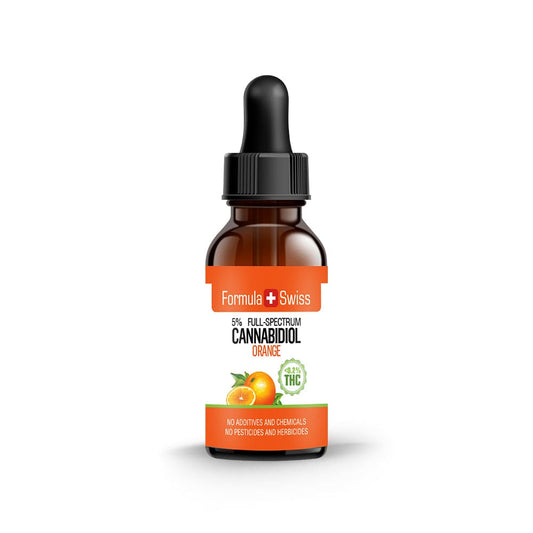Introduction to HHC: The Hexahydrocannabinol
Hexahydrocannabinol, commonly known as HHC, has emerged as a popular substitute for the still prohibited THC in recent years. Its name suggests a strong structural similarity to THC, which stands for Tetrahydrocannabinol. In simpler terms, HHC is THC with two additional hydrogen atoms attached.
Interestingly, traces of HHC are found in natural hemp. However, the quantities are not substantial enough to warrant extraction. As a result, the HHC available in the market is often semi-synthetically produced from THC or CBD. Typically, CBD is first isomerized to Delta-8-THC, and in a subsequent step, two extra hydrogen atoms are added, a process known as hydrogenation.
What is HHC (hexahydrocannabinol)?
Comparing HHC with THC
The standard, unsubstituted HHC is roughly comparable in potency to THC. However, its effects are noticeably less psychedelic and more physically pronounced. There are often fluctuations in the potency of different batches, primarily because HHC technically consists of 2 different isomers. An isomer, in simple terms, is a mirror-image variant of a molecule.
This mirroring in its structural formula slightly alters its chemical properties. Especially in the case of HHC, this has significant implications for the CB1 binding affinity and, consequently, its potency. Currently, two distinct isomers of HHC are known: the 9S-Isomer and the 9R-Isomer. While the 9S-Isomer has negligible activity at the CB1 receptor, the 9R-Isomer boasts a potency comparable to Delta-8-THC. The higher the proportion of the 9R-Isomer in an HHC product, the more potent its effects.
The Enhanced Bioavailability of HHC-O-Acetat
From the aforementioned unsubstituted HHC, other compounds with significantly higher potency can be derived. An acetate refers to the salt or ester of acetic acid. Thus, HHC-O-Acetat is formed when HHC reacts with acetic acid. It's crucial to understand that even with the resultant HHC-O-Acetat, potency can vary depending on the isomer mixture of the HHC used as a starting material.
One of the defining characteristics of HHC-O-Acetat is its ability to cross the blood-brain barrier more efficiently than standard HHC, leading to a subjectively stronger effect. However, its effects are slightly delayed compared to regular HHC.
While the effects of HHC are immediate upon smoking, HHC-O-Acetat might take 15-20 minutes to manifest fully. Moreover, the effects of HHC-O-Acetat are described as more activating and energetic compared to HHC, which is primarily characterized by physical sedation.
This difference can be likened to the contrasting effects between Sativa and Indica hemp strains. However, a potential downside is the increased risk of overdosing, as one might be tempted to consume more when the effects seem delayed, leading to excessive consumption. An overdose of cannabinoids can be quite unpleasant, manifesting symptoms like paranoia and circulatory issues.
HHC-P: Comparable to Classic Spice Cannabinoids
HHC-P is an analogue of the naturally occurring cannabinoid THC-P, where THC-P stands for Tetrahydrocannabiphorol. HHC-P, or Hexahydrocannabiphorol, is essentially THC-P with two additional hydrogen atoms. This minor modification has a profound impact on its potency.
HHC-P has a binding affinity to the CB1 receptor that's about 33 times higher than Delta-9-THC. This remarkable potency brings its effects close to those of the fully synthetic cannabinoids found in Spice products, with effects described as intensely psychedelic.
However, the potential side effects and long-term consequences of the highly potent HHC-P remain largely unknown, given its relatively recent introduction to the market. As such, it should be approached with the same caution as the classic cannabinoids found in Spice products.
The emergence of such potent, novel cannabinoids with potentially unpredictable long-term effects underscores the urgent need to legalize the largely harmless natural product, which, to date, has not been linked to any fatalities.
The Urgent Need for Legalisation
The continuous introduction of new, potent cannabinoids with potentially unpredictable long-term consequences highlights the pressing need to legalize natural products that have proven to be largely harmless over time. The fact that no fatalities have been linked to these natural products further emphasizes the urgency of this matter.






